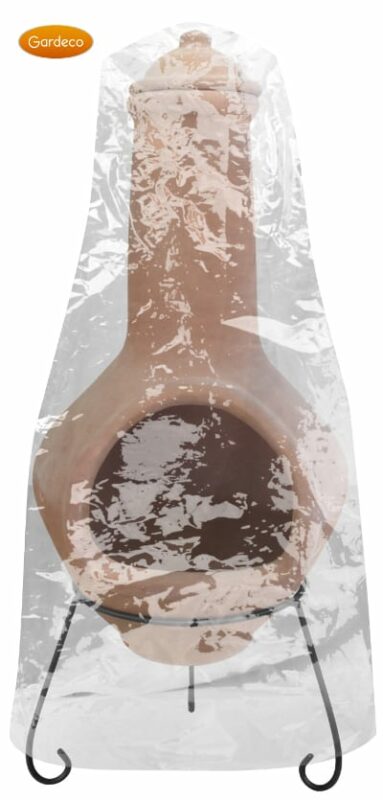Garden Leisure
Your chiminea maintenance kit
So you’ve invested in a stunning cast iron chiminea, or a wonderful Mexican clay chiminea. Now you need a chiminea maintenance kit to go with it.
Congratulations on a wise buy. You’re going to have such fun with friends and family! This post sets out the chiminea maintenance kit you’ll need to keep your chiminea in perfect nick for longer.
What happens if you don’t maintain your chiminea?
It’s sensible to look at what happens if you don’t bother with maintaining your chimenea.
The cast iron chimineas we sell are very good quality. Made from particularly thick cast iron, the body of the chim will last and last whether or not you let yours rust. The problems come when you let the thinner parts rust. Eventually they will rust through, leaving you with a chiminea you can still use in a basic sense, to light great fires in, but maybe the grill covering the mouth will rust away and fall off, along with fixings like the screws, and any other parts that aren’t as thick as the body and the chimney itself.
Here’s the Toledo. As you can see below, the grill and its fixings are finally on the way out after six years outdoors without protection. The rest of it, however, is absolutely fine. The owner still uses it regularly for fires and cooking.

If you leave a clay chiminea to do its natural thing in all weathers, you’ll eventually get a lovely patina that’s subtle and interesting, very like the patina you get on a terracotta plant pot that has been standing outdoors for years. Bird poop, dust and dirt help change the surface, adding patterns and colour for an antique look. Some people love it, others don’t. There’s more. If you’re unlucky to get a very sharp frost, or a few days or weeks of unusually cold weather, a clay chim can crack through thermal shock. Not good.
Cast iron or steel chiminea maintenance
How to maintain a cast iron or steel chiminea? With rust on the menu, it’s mostly a water thing. If you can keep your chimenea dry at all times it won’t be as likely to rust. We recommend a simple waterproof chiminea cover, purpose built for the job. They’re shaped for a good fit, look very smart, and you can buy opaque or see-through versions depending on your taste.
There’s no need for an insulated cover since metal chimeneas don’t suffer from thermal shock. And if it gets a bit rusty there’s an easy-to-use chiminea paint available in our store, purpose made for the job and easy as pie to spray on to give a pleasing new finish.



It’s also a good idea to brush the chim surface with a stiff brush regularly to get rid of dust and dirt, simply because dirt can hold onto moisture, which in turn leads to rust.
Clay chiminea maintenance
We mentioned insulated covers for keeping a clay chimenea in good condition through winter. You can also use one for all-year-round protection for a clay chim, rather than buying a waterproof cover for warmer weather plus a separate insulated one when there’s a risk of freezing conditions, frost or snow.

Insulated chiminea covers are designed to keep a chim warm enough to keep frost at bay. They’re carefully shaped to fit the classic chimenea shape. You simply pull it on over the chimney, ease it over the belly, then fix it on firmly with the sturdy straps so it stays on even in the wind. The material is made from three layers, two waterproof ones with a layer of insulation in between them, made from 100% cotton. They feel rather like an anorak or sleeping bag and have much the same effect. Cosy!

It makes sense to keep the surface free from dust and dirt, using a stiff brush. You can wash the surface using clean soapy water if you like, with a soft car sponge, but only do it in warm weather when there’s no chance of a freeze. And keep the inside dry or it’ll be hard to light until it has completely dried out, especially when the lava stones in the belly are all soggy.
How to maintain the decorative painted finish on a clay chiminea?
If you’ve bought a beautiful clay chiminea with colourful decoration, and it fades or the colour changes with time, you can either go with the flow and enjoy the patina, or repaint the finish. We’ll talk about how to do that in a separate post. In the meantime, enjoy your alfresco lifestyle and come back soon for more insight into how to make the most of it.




